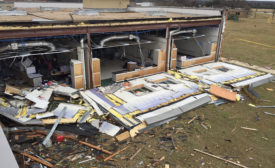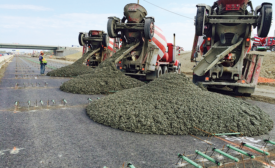ARTICLES
Concrete Connoisseurs Tweak Mixes And Methods For Highways And Bridges
Concrete mix standards are evolving in the name of durability and technology
Read More
ENR Southeast's 2016 Top 20 Under 40
As Southeast business activity picks up, hiring is increasing, too. This year’s Top 20
Read More
ENR MidAtlantic’s 2015 Legacy Award: Gerry Galloway Is a Tireless Advocate for Water Management
Gerry Galloway earns ENR MidAtlantic’s Legacy Award for his decades of research on water infrastructure and resiliency
Read More
The latest news and information
#1 Source for Construction News, Data, Rankings, Analysis, and Commentary
JOIN ENR UNLIMITEDCopyright ©2025. All Rights Reserved BNP Media.
Design, CMS, Hosting & Web Development :: ePublishing










